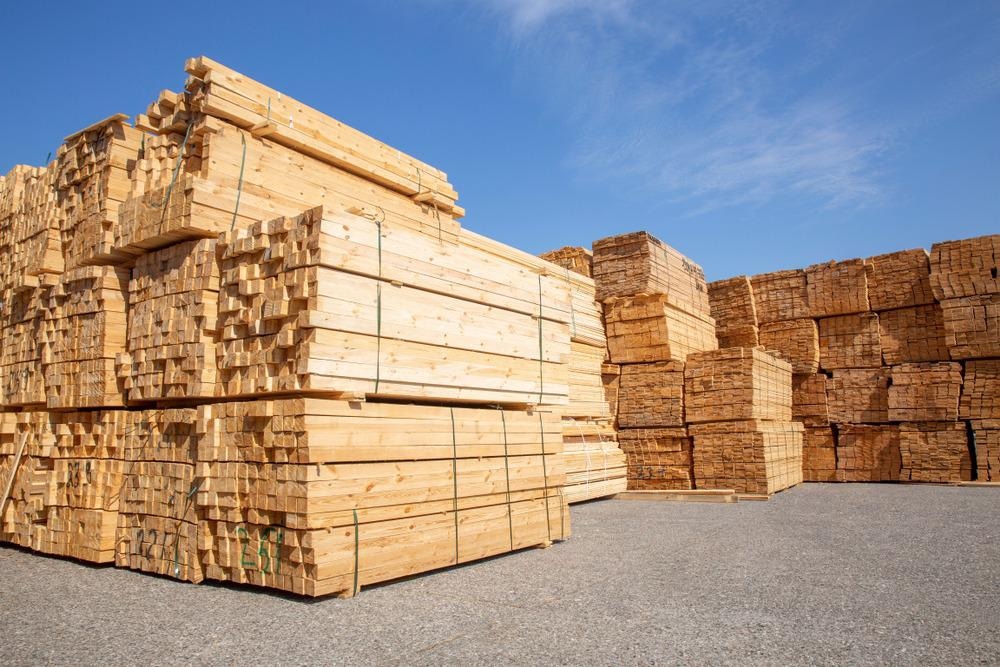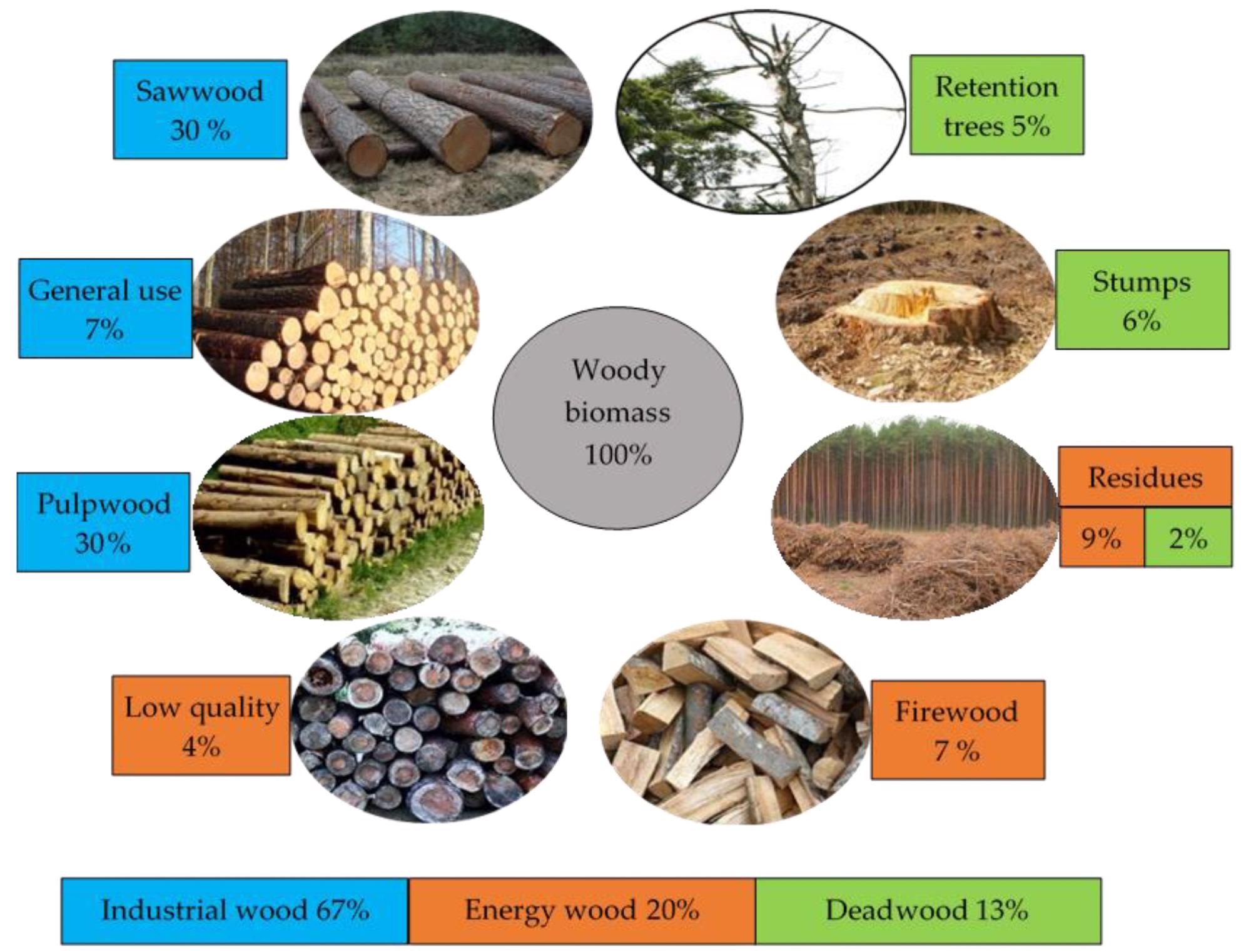Researchers from Poland have issued an article in the journal Energies reflecting on the entire balance of wood biomass from fallen trees in multipurpose ecosystems and evaluating what type and quantity of the biomass may be utilized for energy production.

Study: Using Timber as a Renewable Resource for Energy Production in Sustainable Forest Management. Image Credit: Delta Studio/Shutterstock.com
Why Renewable Energy Sources are Needed?
Climate change necessitates more efforts to limit greenhouse gas emissions from power generation. Replacing fossil fuels is one strategy to minimize carbon footprints. Consumers are attracted to clean, sustainable, and economical energy sources such as wind, solar, thermal, hydropower, and biomass. Forest wastes and commercial woody biomass, field crops leftovers, animal wastes, biofuel and wood commodities, and municipal wastes are all resources for bioenergy.

The balance and hierarchical use of the woody biomass according to economic and ecological principles. Image Credit: Banaś J et al., Energies
Owing to its high carbon content and low energy density, wood feedstock is exceptionally beneficial for power generation. Oil-, coal-, or fuel oil-based techniques can be supplemented with wood feedstock, which is best employed for combined heat and power production. The cascaded usage of wood is one method for increasing woody biomass supplies.
Utilization of Waste Wood
Waste wood can be utilized as supplementary raw material in the production of energy. The fundamental resource of wood pulp is specifically developed in fast-growing forest areas, enabling the production of a considerable biomass quantity. Plants such as eucalyptus, willow, and birch have significant wood output per unit surface area in short development cycles, and are frequently utilized in such estates. Wood from rainforests is the principal source of biomass feedstocks; however, the quantity of biofuels extracted from rainforests is restricted and should be compatible with effective and sustainable forest conservation and management.
What is Energy Wood?
A particular type of low-quality wood specifically utilized for energy production is termed 'energy wood'. Energy wood is described as unprocessed natural wood that has reduced performance and low utility value in terms of technicality owing to its physiochemical properties, inhibiting its commercial usage.
Importance of Timber and Woody Biomass Balance
Timber is considered an essential source of bioenergy as it is a substantial energy wood type. Simulation studies suggest that present policies will enhance timber overabundance in the twenty-first century, amplifying the quantity of biomass which is a substantial means of energy production.
Historically, quantifying wood in a forest is done in volume, with the function of the wood generally indicated. However, renewed interest in the function of bioenergy has enabled the development of techniques for determining woody biomass in the weight dimension. One of these approaches is based on the use of factors known as biomass expansion factors (BEFs), which enables the dry mass of specific plant segments to be calculated. Most biomass elements are eliminated from forestland at the conclusion of the production process; this is connected to both the monetary benefit (economic usage of biomass) and the management strategies employed.
Research Findings
The research data included statistics on the amount of timber produced by the Polish State Forests (PSF) in 2016–2020 based on varieties and assortments. The drying energy (biomass) of twigs and trunks was 3.52 million tons and 1.84 million tons, respectively, with a mean stem capacity of harvested trees of 38.61 million m3 (24.52 million tonnes of dry biomass). The overall capacity of the biomass fuel is made up of low-quality timber, and wastes, with corresponding proportions of 20%, and 46%.
According to the findings of this research, commercial lumber, energy wood, and biomass left in the woodland as a resource of deadwood account for 67 percent, 20 percent, and 13 percent of the overall wood pulp, respectively. The fundamental power consumption over the whole production process is very little (less than 3 percent) when contrasted to the enhanced generating capacity of tree biomass.
It should be noted that the creation of wood pulp, as well as its transportation, demands some input energy. More study is needed to determine the implications of solid biomass collecting expenses and transport lengths from the woods to the power station on the financial viability of employing different fuelwood constituents as bioenergy resources.
Further Reading
Banaś J, Utnik-Banaś K. Using Timber as a Renewable Resource for Energy Production in Sustainable Forest Management. Energies. 2022. 15(6). 2264. Available at: https://www.mdpi.com/1996-1073/15/6/2264
Disclaimer: The views expressed here are those of the author expressed in their private capacity and do not necessarily represent the views of AZoM.com Limited T/A AZoNetwork the owner and operator of this website. This disclaimer forms part of the Terms and conditions of use of this website.